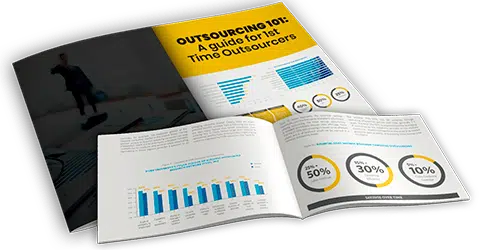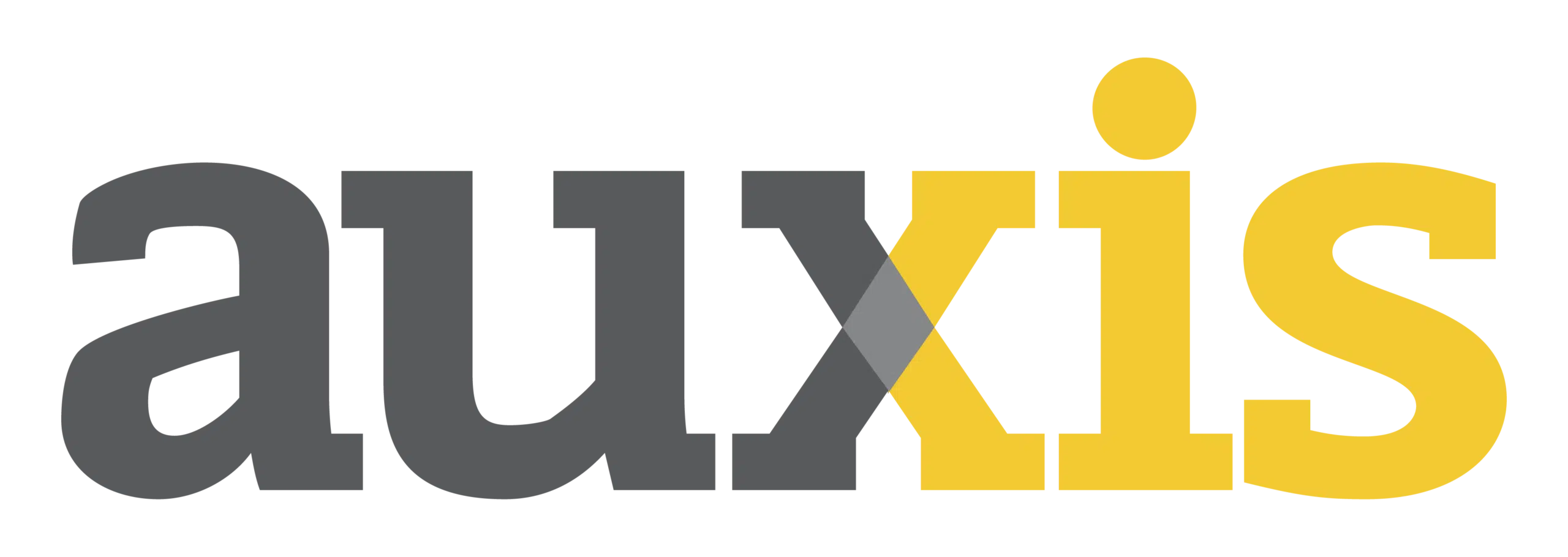Once you’ve made the decision to outsource, how should you begin the process?
If you have already identified a service partner, the next step in the process is to work closely with the service provider on the planning and migration of the functions.
Don’t leave it up to the vendor alone to decide how to handle these critical steps in the process. Outsourcing is a project like any other implementation project, and the stakes are as high as any. Establishing and following an effective implementation plan involves a series of coordinated activities, with an ongoing focus on project management and communication.
Gain Alignment.
Job one is to gain alignment within the organization on the operating model vision. What is the scope, what are the expected outcomes? It is absolutely critical to gain executive alignment. The business executives will need to be engaged to support the initiative, and all of its cultural, procedural and organizational changes. Remember, no one really likes change, and these changes need to be fully understood and planned for.
Develop a “realistic” Implementation Plan.
Once alignment is reached, a realistic implementation plan needs to be established. At Auxis, we have established a proven implementation methodology that has multiple stages, milestones and checkpoints to ensure that all activities are performed thoroughly and completely, and with validation from the key stakeholders. This approach requires extensive communication and collaboration, as well as strong executive alignment and support throughout.
Phase One: Planning.
The first phase in our implementation methodology is the Planning Phase, which defines the scope and approach, and lays out all of the details of the initiative to come. It is absolutely critical that you have a realistic approach to the timing and complexity of the migration. The timing is dependent on the scope, scale and complexity of the initiative, and should not be short-changed.
Phase Two: Design.
The next phase, Design, is where the current processes are documented and the to-be model defined. It requires a detailed walk-through and understanding of the current operations. It also requires the development of critical supporting documentation, such as standard operating procedures, which are step-by-step operating guides that serve as the foundation, not only for training, but also for ongoing operations. The initial Service Level Agreement (SLA) structure is laid out here as well, although final performance metrics typically wait until the new operating model has established baseline performance.
While the Design Phase is taking place, a number of other activities are happening concurrently. New staff members are being hired, and the facilities and systems are being prepared. There are a lot of details to this step, so it is important to be thoroughly thought out and acted on.
Phase Three: Training.
The Training Phase occurs once Design is complete, the staff is hired and the facility is ready for business. Generally, training is a collaborative process, as the more senior staff—particularly those who may be retained after go-live—is often engaged to support this initiative.
Phase Four: Hyper-Care.
The Hyper-Care Phase is essentially a production ramp-up, as the new operation begins to process transactions while the old one winds down. This phase usually occurs over a 60- to 90-day period and generally requires that there be an overlap of staff between the old and new organizations.
Phase Five: Production.
The Production Phase occurs when the new organization becomes fully responsible for all transactional activity, and the SLA performance measures are fully in place and being adhered to.

Phase Six: Optimization.
And the last stage of the process, which should be on everyone’s radar from the beginning, is the Optimization Phase. Optimization needs to be an expected outcome of an outsourcing initiative, built around a strategy of continuous improvement that is tied back to additional cost savings. There are multiple ways to achieve this, through a variety of process improvement, automation and organizational initiatives.
But beware of the lure of “Black Box Outsourcing.”
Often, service providers want to impose their systems and their processes on a customer, with transactions conducted in a “black box” and the customers only seeing the outcome of a transaction. While this may sound like a good thing, especially if you have issues with your current operations, in reality it often doesn’t work.
The service provider wants to do it “their way,” not because it’s better than yours, but because it’s easier (and probably less costly) for them to implement. For these and other reasons, it is critical that you are fully aware of how a process will work and where the “hand-offs” will occur.
This warning applies especially to first-time outsourcers who need to adapt to this change, operationally, culturally, organizationally. Significantly changing a process without fully understanding the impact of the change may be problematic.
Getting vendors to implement a custom solution is always doable, but they may want to charge more for it. Make sure you understand all of the implications of the new operating model, including any potential pricing “gotchas.”
Understanding what it takes to implement, and aligning that with what you are trying to achieve, will better help you to prepare for the challenges that are to come, and to achieve a successful outcome.
